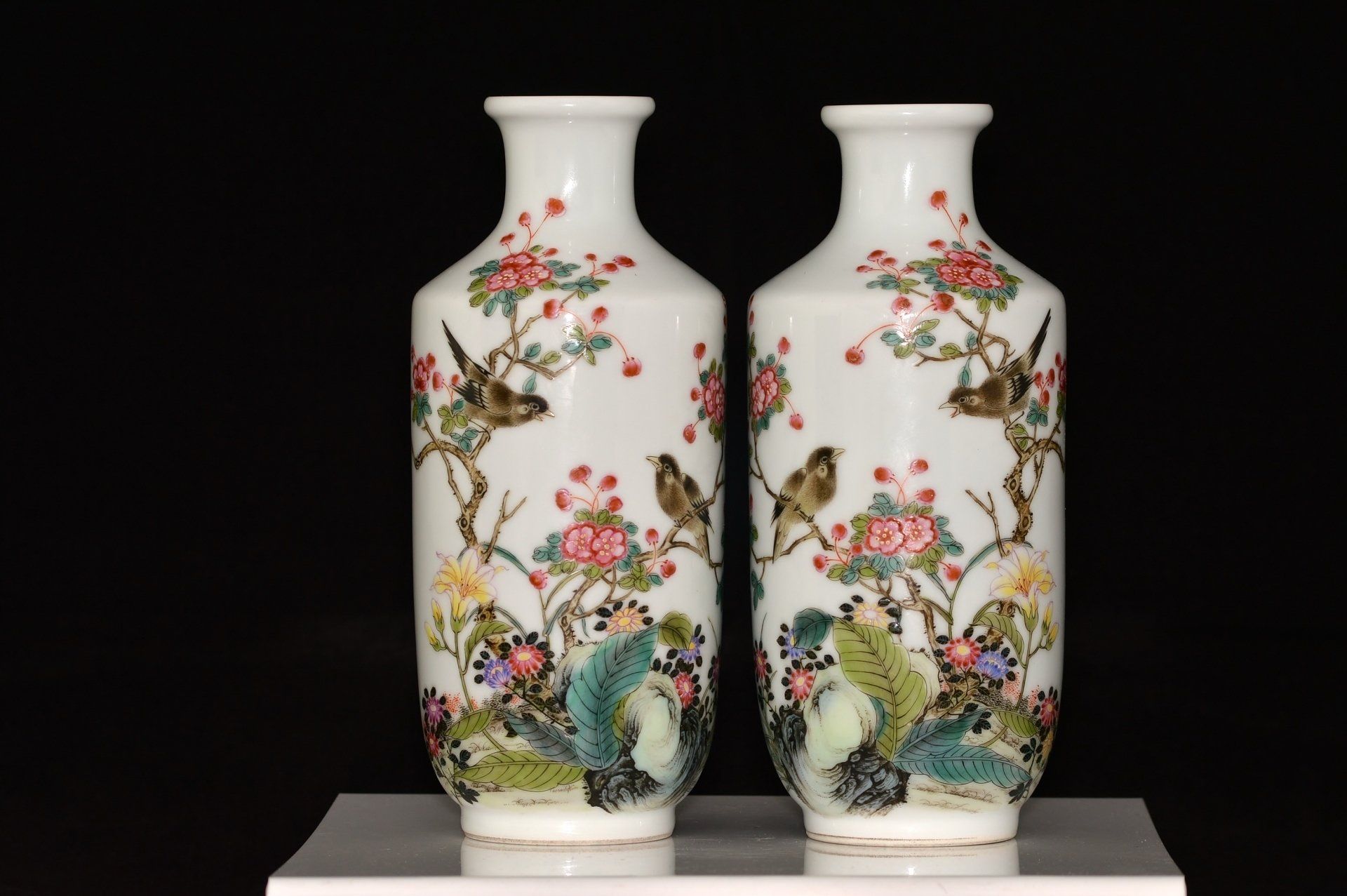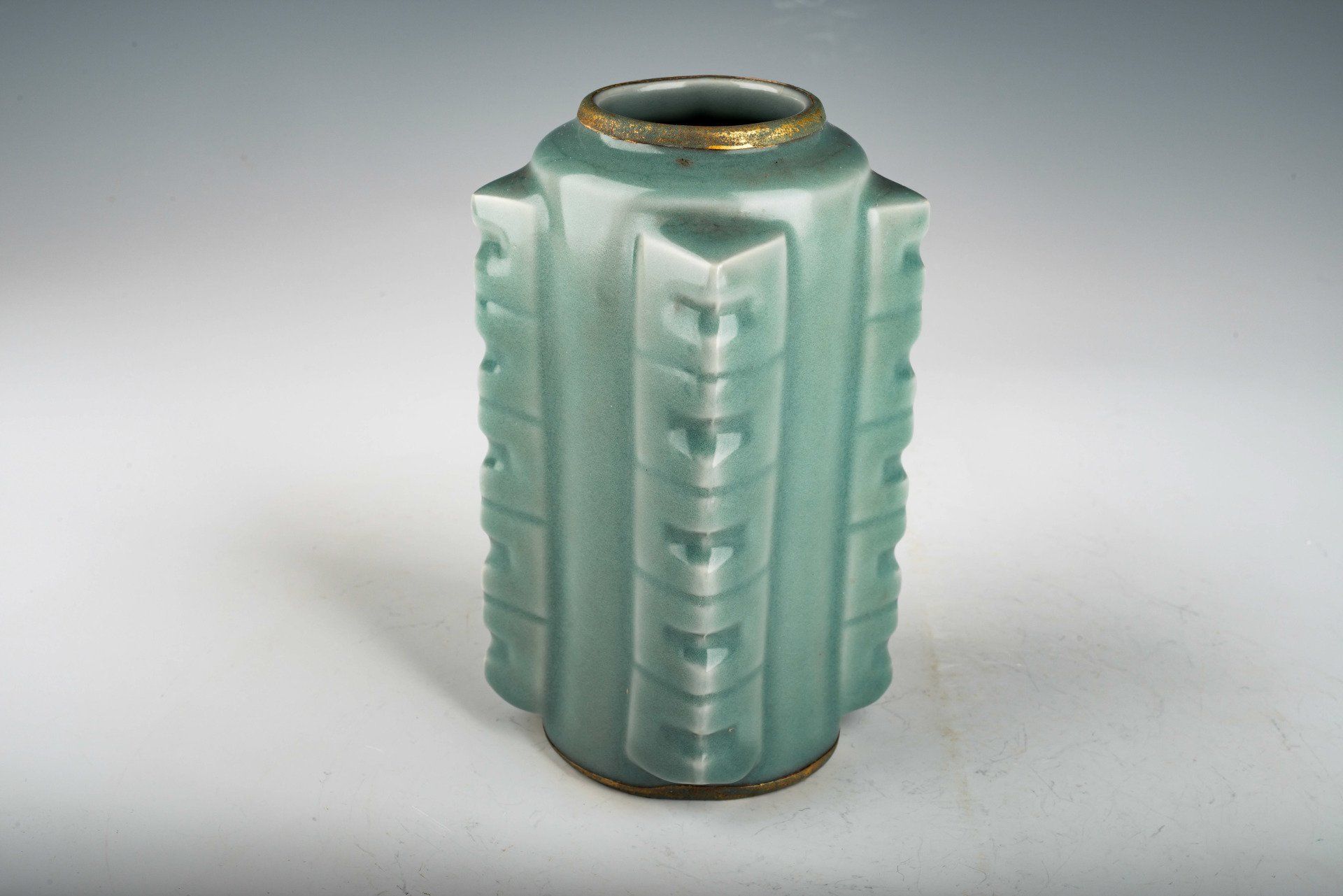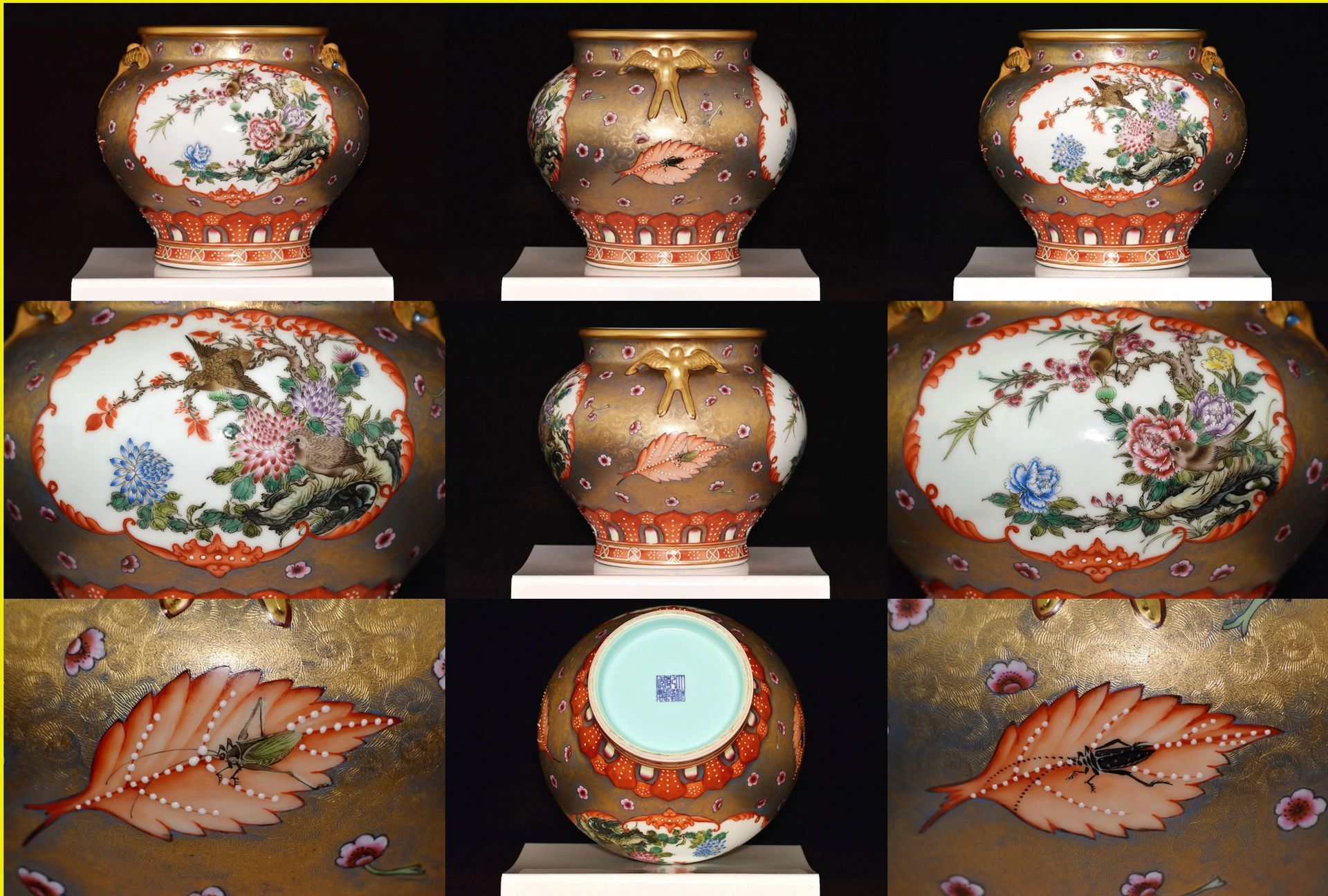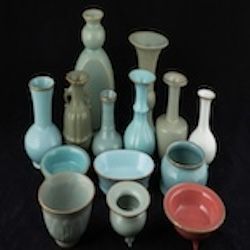Blog
Joseph.Sharon@chinesemasterpieces.com
ChineseMasterpiece
Qing Dynasty Qianlong Marked & Period Famille Rose Vase
SALE contact me Joseph.Sharon@chinesemasterpieces.com
This is an absolutely wonderful Qing Dynasty Qianlong Marked and Period Famille Rose Vase 1736- 1795. This Vase was created using several bands and levels of decorations and shows the great skill it took to make this piece. Some of the Vase has been incised, the band around the shoulder shows thousands of very controlled tiny pin point droplets of enamel, The Leaves, branches, flowering blooms, and butterfly's are very delicately painted. It's important to look carefully and zoom in on the leaves, flowers, and branches you will see the detail, colors, and shading that gives balanced and depth to this piece. Collectors must learn to recognize the differences of a good piece compared to great piece or masterpieces. Most Qing Pieces if you look close at them you will see and understand they were painted by less skilled artist, they will look flat without balance, detail or depth. Pay attention to the details and color balance and shading this will help you to see and understand the difference. This Vase used a few strands of hair brush for much of these decorations and some strokes look to be using a single strand. There is a slight firing flaw along the blue base where the blue shrunk slightly and you can see a couple small areas of white. The Vase has a poem on the back and also has the Qianlong mark on the bottom that lines up with the center of the main decoration which is typical in Imperial Qianlong pieces. This Vase Measures approx.16 1/8 inches Tall.
https://www.chinesemasterpieces.com
Groundbreaking Discovery Challenges the Established History of Ru Ware
[Cherry Hill NJ 05/25/2025] – A shocking revelation in the world of ancient Chinese ceramics is set to disrupt the established understanding of Ru ware, one of the most prized ceramics of the Song Dynasty. Independent researcher and collector [Joseph Sharon] has uncovered irrefutable evidence proving that Imperial Ru wares incorporated crushed blue agate in their glazes and fire-gilded bands on their rims and bases—features that have been systematically ignored by museums and auction houses.
With a personal collection of over 300 pieces and extensive microscopic imaging evidence, [Joseph Sharon] has repeatedly attempted to present these findings to leading institutions, only to be met with silence and resistance.
Microscopic Evidence Exposes Long-Held Myths
Through high-resolution microscopic analysis, the presence of blue agate within Ru ware glazes has been confirmed. This contradicts the long-held claim that no such material remained after firing or was used in Song Dynasty ceramics. Agate, with its unique melting properties, remains intact within the glaze, creating a distinctive and recognizable effect that is scientifically impossible to replicate artificially.
Furthermore, many of these artifacts feature fire-gilded bands, a lost technique using a gold and mercury mixture that corrodes naturally over time, forming cuprite and botryoidal malachite—a signature of genuine Imperial wares. This technique has not been in use since the mid-1800s due to safety concerns, further proving the age and authenticity of these artifacts.
Resistance from Museums and Auction Houses
Despite sharing detailed analyses and microscopic photographs, leading auction houses and institutions, including the Palace Museum in Taiwan, have refused to examine the collection. The implications of this research challenge the credibility of millions of dollars' worth of past Ru ware sales, many of which were misattributed merchant-grade wares.
"The art world must prioritize historical accuracy over institutional reputations and market interests," says [Joseph Sharon]. "Refusing to engage with this evidence is a disservice to scholarship and collectors alike."
Call to Action: Seeking Open-Minded Scholars and Institutions
[Joseph Sharon] invites independent researchers, universities, and institutions to examine the collection and conduct independent testing to validate these findings.
In an effort to bring transparency to the art and research world, a new website is set to launch, showcasing high-resolution microscopic images, detailed reports, and side-by-side comparisons with known Ru ware artifacts.
History must be shaped by evidence, not by the reluctance of institutions to admit past mistakes. The time for truth is now.
For media inquiries, interview requests, or collaboration opportunities, please contact:
[Joseph Sharon]
[E-MAIL
Joseph.Sharon@chinesemasterpieces.com]
WEBSITE [https://www.chinesemasterpieces.com]
[Joseph Sharon] is a dedicated independent researcher and collector specializing in Song Dynasty ceramics. With an extensive collection and a passion for uncovering historical truths, [Joseph Sharon] has spent years analyzing and documenting evidence that challenges conventional narratives. Through scientific analysis and meticulous research, their goal is to bring long-overdue transparency to the world of ancient Chinese ceramics.
Groundbreaking Discovery Challenges the Established History of Ru Ware
[Cherry Hill NJ 05/25/2025] – A shocking revelation in the world of ancient Chinese ceramics is set to disrupt the established understanding of Ru ware, one of the most prized ceramics of the Song Dynasty. Independent researcher and collector [Joseph Sharon] has uncovered irrefutable evidence proving that Imperial Ru wares incorporated crushed blue agate in their glazes and fire-gilded bands on their rims and bases—features that have been systematically ignored by museums and auction houses.
With a personal collection of over 300 pieces and extensive microscopic imaging evidence, [Joseph Sharon] has repeatedly attempted to present these findings to leading institutions, only to be met with silence and resistance.
Microscopic Evidence Exposes Long-Held Myths
Through high-resolution microscopic analysis, the presence of blue agate within Ru ware glazes has been confirmed. This contradicts the long-held claim that no such material remained after firing or was used in Song Dynasty ceramics. Agate, with its unique melting properties, remains intact within the glaze, creating a distinctive and recognizable effect that is scientifically impossible to replicate artificially.
Furthermore, many of these artifacts feature fire-gilded bands, a lost technique using a gold and mercury mixture that corrodes naturally over time, forming cuprite and botryoidal malachite—a signature of genuine Imperial wares. This technique has not been in use since the mid-1800s due to safety concerns, further proving the age and authenticity of these artifacts.
Resistance from Museums and Auction Houses
Despite sharing detailed analyses and microscopic photographs, leading auction houses and institutions, including the Palace Museum in Taiwan, have refused to examine the collection. The implications of this research challenge the credibility of millions of dollars' worth of past Ru ware sales, many of which were misattributed merchant-grade wares.
"The art world must prioritize historical accuracy over institutional reputations and market interests," says [Joseph Sharon]. "Refusing to engage with this evidence is a disservice to scholarship and collectors alike."
Call to Action: Seeking Open-Minded Scholars and Institutions
[Joseph Sharon] invites independent researchers, universities, and institutions to examine the collection and conduct independent testing to validate these findings.
In an effort to bring transparency to the art and research world, a new website is set to launch, showcasing high-resolution microscopic images, detailed reports, and side-by-side comparisons with known Ru ware artifacts.
History must be shaped by evidence, not by the reluctance of institutions to admit past mistakes. The time for truth is now.
For media inquiries, interview requests, or collaboration opportunities, please contact:
[Joseph Sharon]
[E-MAIL
Joseph.Sharon@chinesemasterpieces.com]
WEBSITE [https://www.chinesemasterpieces.com]
[Joseph Sharon] is a dedicated independent researcher and collector specializing in Song Dynasty ceramics. With an extensive collection and a passion for uncovering historical truths, [Joseph Sharon] has spent years analyzing and documenting evidence that challenges conventional narratives. Through scientific analysis and meticulous research, their goal is to bring long-overdue transparency to the world of ancient Chinese ceramics.
Chinese Masterpieces

Qing Dynasty Vase Featuring Hundred Cranes, Accompanied by Qianlong Seal Mark and Period Designation





















